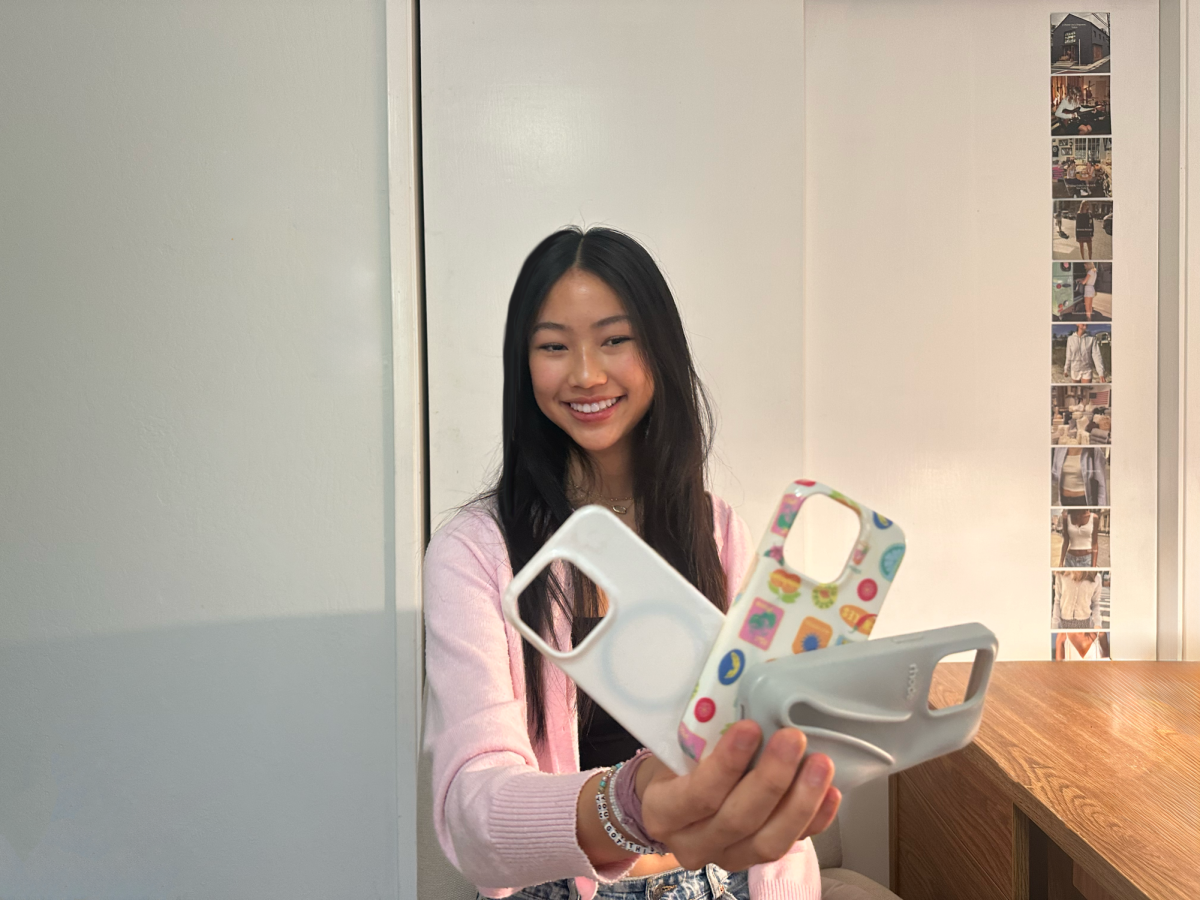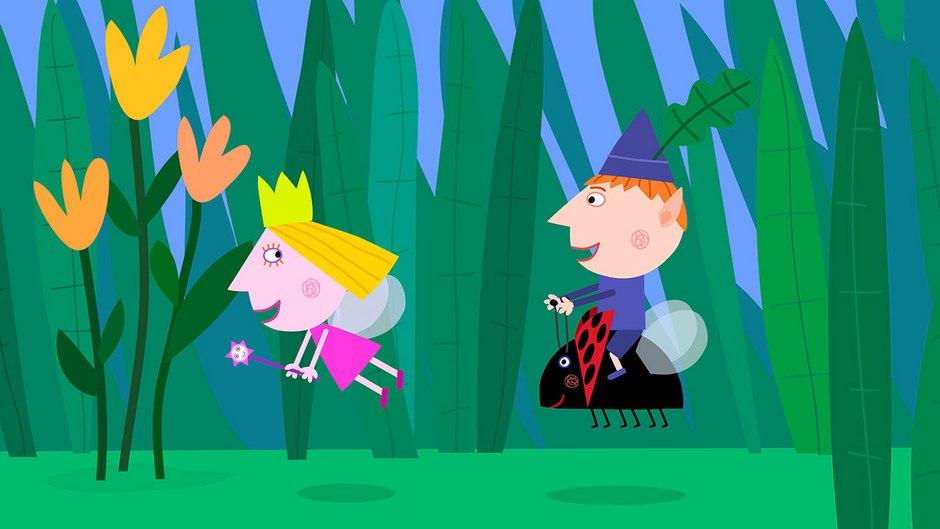When I tell people I never watched “Spongebob” growing up, it elicits gasps of horror.
“You’ve never watched SPONGEBOB?” they ask, faces pale with shock. After all, “Spongebob” is considered a television staple in the American childhood experience.
The simple response is that I didn’t have an American childhood — I grew up in India. But in terms of children’s television, I didn’t even have an Indian childhood. My parents were pretty strict with the TV I watched — cable television was a big no because of the constant advertisements.
As a result, we hoarded giant DVD box sets of animated British TV shows my father would bring over from his trips to London — shows no one, let alone my classmates, had never even heard of. Every piece of media I consumed between the ages of 3 and 10 came straight from the little island of Great Britain.
“Peppa Pig” is just the tip of the anthropomorphic animal iceberg; think “Angelina Ballerina,” “Paddington,” “Olivia,” “Pingu,” “Noddy,” “Ben & Holly’s Little Kingdom.” Some of them have been remade more recently with CGI, but I’m exclusively referring to the glorious hand-animated treasures from the 2000s.
I can’t underestimate just how good these shows were. Aside from the beautiful animation, the storytelling was first rate. Each one felt like its own perfectly created world, with funny, captivating and well-crafted characters. The stories and themes could get complex, but the execution was wonderfully simple — and never overstimulating.
Shows like “Noddy” and “Ben & Holly’s Little Kingdom” were set in their own, unique universes. Toys were alive and fairies existed; all I wanted to do was join them in their intriguing Toyland mysteries and magical forest escapades. Peppa Pig’s camping trips and visits to the museum were mesmerizing, giving me a glimpse into places I had never been. Paddington Bear’s curious adventures took me around the enchanting stores and train stations of London like a proper tourist. Angelina Ballerina made me feel like I was gracefully dancing the ballet right next to her.
Many of them were either based on books I had read, or had book adaptations for children: Take Pingu and Olivia, for example. Both of those characters were so important to me because they taught me how to feel complex emotions at an early age. Olivia is a pig with a very sensitive personality, and Pingu is an equally sensitive penguin. The nuanced family dynamics in those shows also showed me how to communicate well with my own family. They were gentle shows, not brash or loud, and they suited my own introverted personality.
Most were distributed by Ceebeebies, the children’s wing of BBC, but produced by smaller animation studios that took great time and care in developing each episode’s story and aesthetics. I’ve never seen any children’s TV that was of better quality than those 2000s shows.
Given the disastrous state of children’s television today (see: “Cocomelon“), I feel lucky to have been raised by CBeebies and I truly believe the quality of media I was exposed to as a kid shaped the way I think, write and speak even to this day.
Even now, the thought of my box sets fills me with an overwhelming sense of nostalgia at how simple they made life seem. The joy was in the beautifully developed characters and their meaningful interactions with each other. I might not have watched “Spongebob” like so many of my peers, but I have no regrets. In my mind, my British shows are as perfect as any television show can get.

























